The story below was written by Dr Zoe Marshall about her time on Amazon Hope, the photos are by Dr Faha Jamil.
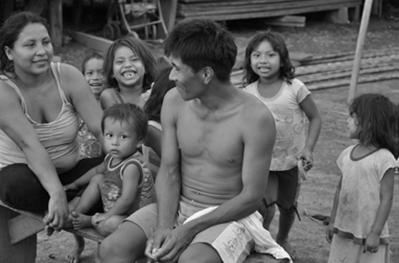 There are many people around the world who lack basic healthcare. Being ‘out‐of‐programme’ I had some free time and wanted to get involved in a project that addresses this. The Amazon Hope is an ex‐navy ship that, in 2001, became basic healthcare provision for 100,000 villagers living in remote areas of the Amazon who are inaccessible by land. Mortality rates are high, with villagers suffering from ailments that could be easily combated with some basic, regular medical attention. The ship gives them this.” Zoe Marshall
There are many people around the world who lack basic healthcare. Being ‘out‐of‐programme’ I had some free time and wanted to get involved in a project that addresses this. The Amazon Hope is an ex‐navy ship that, in 2001, became basic healthcare provision for 100,000 villagers living in remote areas of the Amazon who are inaccessible by land. Mortality rates are high, with villagers suffering from ailments that could be easily combated with some basic, regular medical attention. The ship gives them this.” Zoe Marshall
The Average Day on the Amazon Hope…
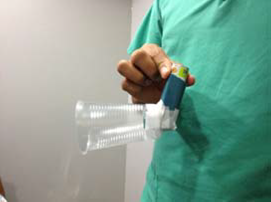 We were woken at 6am by the ships horn – optional morning prayers at 06.30, then breakfast at 7am. The temptation to stay in bed was too much for me, so I tended to rise at 07.00 for breakfast. By 8am there was a queue of villagers emerging from behind the trees or coming up the river in a canoe – climbing aboard to see the doctors.
We were woken at 6am by the ships horn – optional morning prayers at 06.30, then breakfast at 7am. The temptation to stay in bed was too much for me, so I tended to rise at 07.00 for breakfast. By 8am there was a queue of villagers emerging from behind the trees or coming up the river in a canoe – climbing aboard to see the doctors.
Sometimes it felt like we were seeing the whole village. Diarrhoea, diabetes monitoring, newborn check, headache, cellulitis, diarrhoea, chest infections, malaria, unidentifiable rash, UTI, diarrhoea, arthritis, and more diarrhoea. The pharmacy was well stocked with donations and bought with money from volunteers’ registration. The small laboratory was able to perform urinalysis, blood sugar, haemoglobin and malaria screen. There were translators available for everyone to help with consultations. My intensive Spanish lessons in Lima came in useful and by the end I was able to take the majority of the histories in Spanish. ¿Qué síntomas tiene?
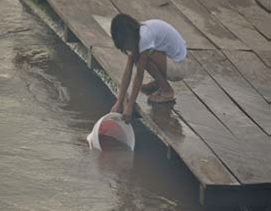 At lunchtime, depending on how many patients we had, we either had an hour break or started moving to the next village. Then the afternoon surgeries continued. We had to be creative with some consultations. I made a spacer for a six year old out of a plastic cup! I was shocked at the number of children presenting with diarrhoea. The morbidity and mortality associated with childhood diarrhoea is huge. This could be drastically reduced by a public health campaign for clean water. Many villages drink straight out of the river, which is also their toilet! The top deck was organised chaos, children running around, muddy footprints merging into one, registration, weigh ins and blood pressure being taken. Below the deck the doctors were working in the four consultation rooms alongside the two dentists. Each doctor saw an average of 30‐40 patients per day.
At lunchtime, depending on how many patients we had, we either had an hour break or started moving to the next village. Then the afternoon surgeries continued. We had to be creative with some consultations. I made a spacer for a six year old out of a plastic cup! I was shocked at the number of children presenting with diarrhoea. The morbidity and mortality associated with childhood diarrhoea is huge. This could be drastically reduced by a public health campaign for clean water. Many villages drink straight out of the river, which is also their toilet! The top deck was organised chaos, children running around, muddy footprints merging into one, registration, weigh ins and blood pressure being taken. Below the deck the doctors were working in the four consultation rooms alongside the two dentists. Each doctor saw an average of 30‐40 patients per day.
We worked until everyone had been seen. If we were lucky, we were able to watch the sunset from a hammock. If we were unlucky we emerged from below deck to darkness and a lot of bugs!! We ended the days exhausted and grateful for early nights in preparation for the next relentless day. I might be crazy, but I’d love to do it all again!
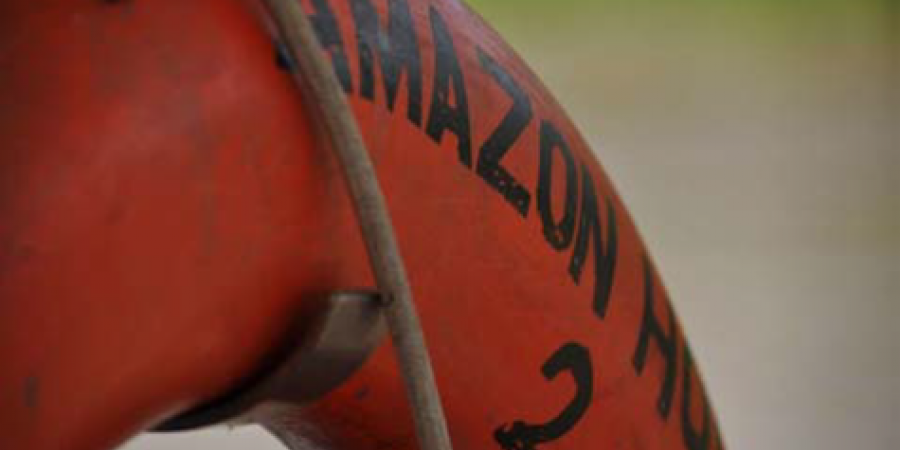
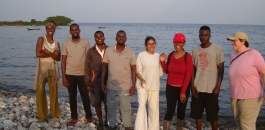
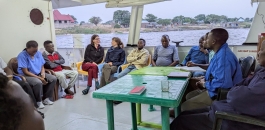
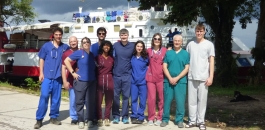
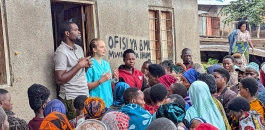
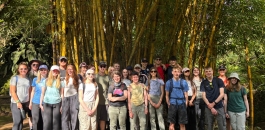
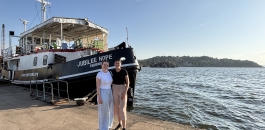
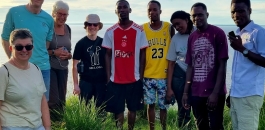
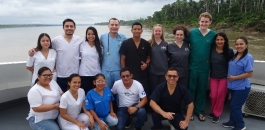
Comments